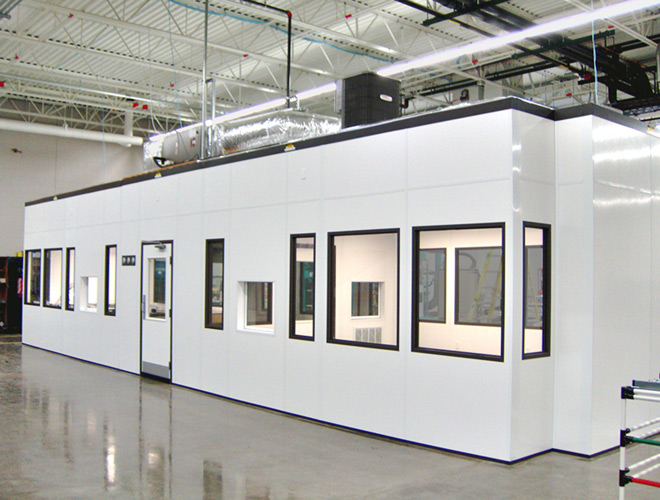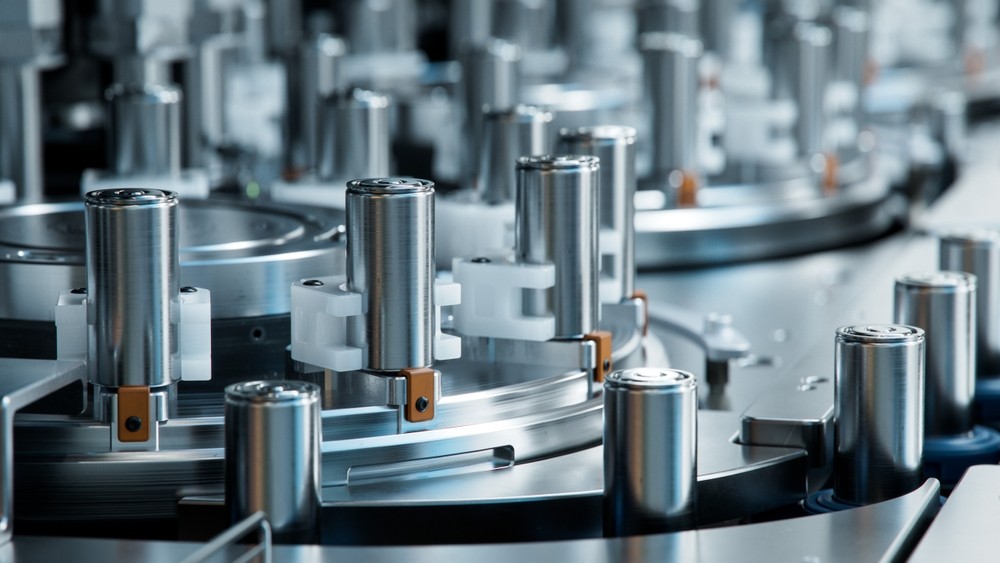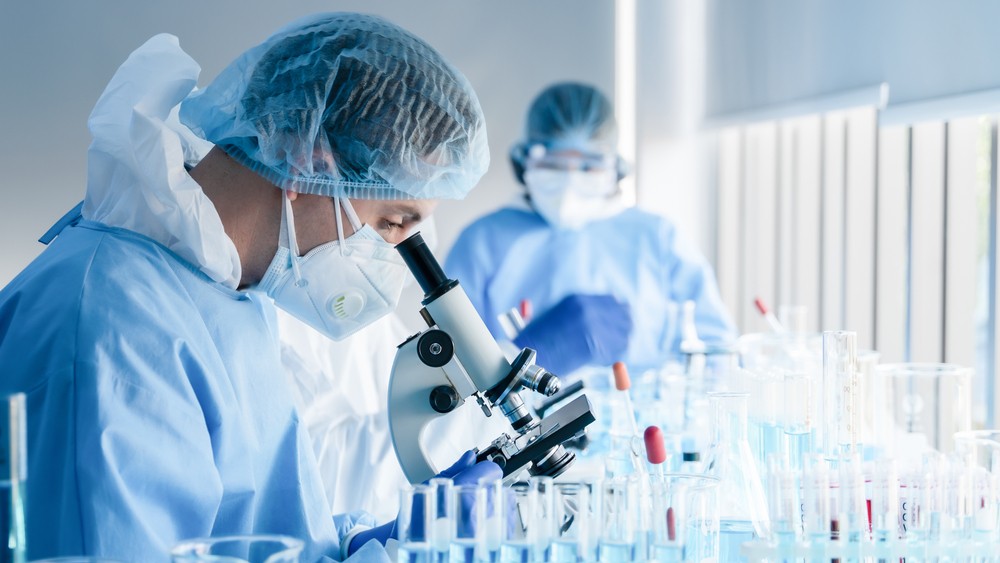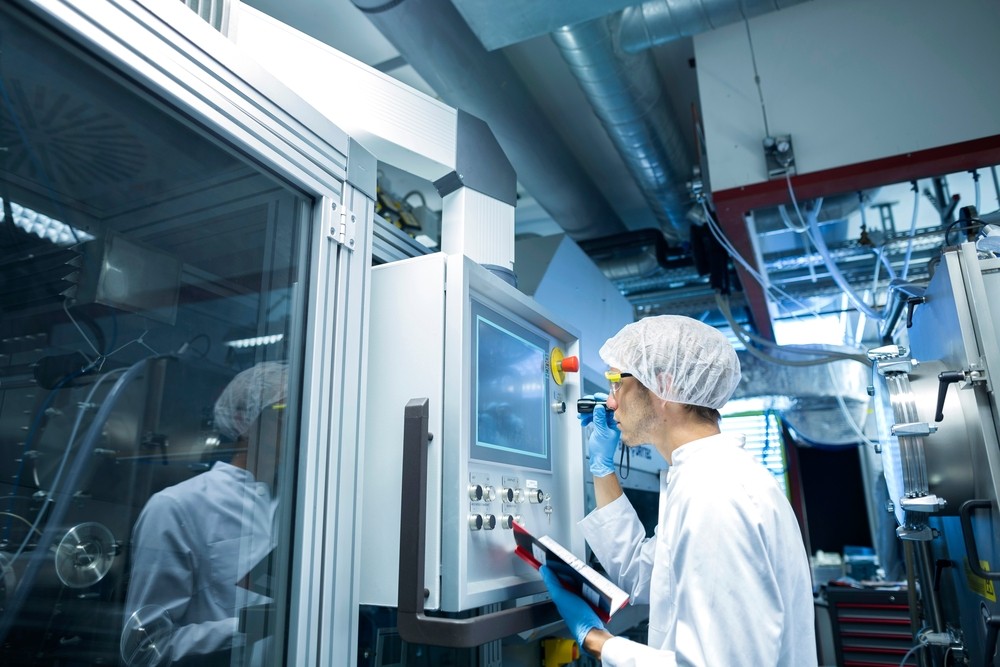
Cleaning Cleanrooms: How Often Should You Have Your cGMP Cleanroom Cleaned?
After investing in a top-of-the-line cleanroom, keeping it in pristine condition is crucial, especially when adhering to cGMP compliance.
When properly cared for, a cGMP cleanroom will function at peak performance, ensuring that all processes meet strict regulatory standards. However, failure to adhere to cGMP cleaning standards can lead to contamination, jeopardizing product quality and resulting in costly regulatory issues that can disrupt daily operations.
Here’s a rundown of the best cleaning cleanroom procedures and practices for your cGMP-compliant cleanroom.
What Are cGMP Requirements for Cleanroom Cleaning?
cGMP, or Current Good Manufacturing Practices, are regulations enforced by the FDA to ensure that products are consistently produced and controlled according to quality standards. These regulations are particularly crucial in pharmaceuticals, biotechnology, and medical device manufacturing, where product safety and efficacy are paramount.
Classifications of cGMP Cleanrooms
cGMP cleanrooms are classified based on their ISO standards, which define the cleanliness level required for different types of manufacturing environments. The most common classifications include:
- ISO 5 (Class 100): These cleanrooms have the strictest cleanliness requirements, allowing only 3,520 particles (0.5 microns or larger) per cubic foot of air. They are often used in critical processes such as aseptic filling and sterile drug manufacturing.
- ISO 6 (Class 1,000): Allows for 35,200 particles per cubic foot and is typically used in processes like vial filling or assembly of sterile devices.
- ISO 7 (Class 10,000): Permits 352,000 particles per cubic foot and is commonly found in less critical manufacturing processes, such as packaging or certain laboratory environments.
The classification of your cleanroom dictates the stringency of the cleaning protocols. For example, an ISO 5 cleanroom requires more frequent and thorough cleaning than an ISO 7 cleanroom due to the higher sensitivity to particulate contamination.
6 Effective Cleanroom Cleaning Strategies For cGMP Requirements
1. Follow Industry-Specific Standards
Cleanrooms vary widely in use, and cGMP cleanrooms have unique requirements and standards they must adhere to depending on the industry. For example, cGMP cleanrooms in pharmaceuticals must adhere to extremely stringent standards to prevent contamination that could compromise the safety and efficacy of drugs.
Depending on your industry, your cGMP cleanroom will have a specific layout, ISO rating, and cleanliness standard. Therefore, its cleaning schedule and procedure will also differ.
Cleanrooms with higher ISO ratings, like ISO 5, for example, must be kept at much higher sanitation levels to reduce the chance of interference from minute particles and contaminants.
Cleanrooms with lower class ratings, such as ISO 7, may be less threatened by certain contaminants or smaller particle sizes, but they still require regular cleaning to maintain standards and efficiency.
2. Follow Contamination Prevention Protocols
In a perfect world, zero contaminants would enter your cleanroom environment. While this is virtually impossible, the best way to keep your cGMP cleanroom clean is to follow strict contamination prevention protocols designed to meet cGMP requirements. These protocols include:
- Proper Gowning Procedures: All personnel must adhere to cGMP-specific gowning protocols. This includes wearing sterile, non-powdered gloves, sterile gowns, masks, and other protective gear.
- Sterilization and Equipment Usage: All tools and equipment used in a cGMP cleanroom must be sterilized according to cGMP standards, including ensuring that all cleaning tools, garments, and materials are appropriately sanitized before use to prevent contamination.
- Strict Entry Procedures: Entry protocols may involve multiple stages of decontamination, such as air showers, sticky mats, and separate gowning areas, ensuring that personnel and materials are free of contaminants before entering.
- Importance of Training Staff in cGMP Practices: To minimize risks, staff members should be trained in cGMP contamination prevention practices.
3. Establish Regular Cleanroom Cleaning Procedures
Keeping your workspace clean requires diligent adherence to daily and weekly cleaning schedules. Depending on the strictness of your class standard, you may need to add more rigorous objectives or increase the frequency of these tasks.
Whatever your facility requires, it’s essential to create and follow a cleaning schedule that clearly defines all assignments, making them easy to understand and follow. Here are the general cleaning protocols recommended for broad cleanroom needs:
Daily Cleanroom Cleaning:
- Before a shift begins, use a damp mop on floors and vacuum to dry.
- Vacuum all walls using a HEPA filter vacuum.
- Wash and wipe all windows and pass-throughs dry.
- Wipe down all work areas at the end of every shift. This should occur more frequently in cleanrooms with higher standards.
- Put away products and supplies between shifts to prevent further contamination.
Weekly Cleanroom Cleaning:
- Mop floors with a cleanroom-specific detergent, distilled water, and a HEPA filter vacuum.
- Wipe walls with a damp sponge and distilled water, then vacuum dry.
As Needed:
- Remove any residue or deposits on ceilings by washing with detergent and distilled water.
- Using a damp sponge, wipe off all light lenses.
- Change sticky mats as soon as you notice wear.
Note: This FDA webpage provides a detailed look at cGMP standards and regulations.
4. Use cGMP-Approved Products Approved for Cleaning Cleanrooms
Cleaning products that are improperly sterilized or unsuitable for cleanroom use can cause contamination, particularly in cGMP cleanrooms where maintaining strict standards is critical.
Using only cleaning products that are cGMP-approved, non-reactive, and specifically designed for cleanroom environments is essential. This includes using deionized and distilled water for mopping and wiping surfaces and cleanroom-specified cleaning agents that meet cGMP standards. All chemicals and solvents for cleaning must be neutral, non-ionic, and non-foaming to avoid buildup on surfaces over time, which could compromise the cleanliness of the environment.
Cleanroom Cleaning Tips:
- High ISO class cleanrooms (ISO levels 5-7) often require sterilizing disinfectants before use, further protecting the cleanroom from contaminants.
- Never use scrubs or rags that could shed or corrode surfaces. Instead, only use woven polyester specified for cleanroom use.
- Follow a mopping protocol that efficiently cleans floors without spreading dirty water over cleaned areas. Employ a mopping system that separates dirty and clean water and won’t scratch or contaminate the floor or walls.
- Bringing all needed materials—such as brooms, mops, and cleaning agents—into the cleanroom before cleaning is good practice. This way, once the process is complete, you only need to exit once, reducing the possibility of contamination.
Note: For a detailed list of cGMP-approved products for cleaning cleanrooms, visit the FDA website here.
5. Properly Train Staff on cGMP Cleaning Procedures & Maintenance
All staff members and janitorial personnel must be rigorously trained in cGMP cleaning protocols to ensure compliance and maintain the cleanroom’s class standards. This includes comprehensive education on gowning procedures, environmental sterilization practices, general equipment maintenance, and more.
Staff should be equipped to handle spills or other incidents that could lead to contamination. Tools and cleaning supplies should be easily accessible but not stored in a way that could lead to cross-contamination. To support this, having guides and cleaning checklists posted visibly in the room can help staff consistently follow cGMP protocols and maintain a sanitary environment
6. Conduct Regular Inspections and Monitoring for cGMP Compliance
Even if you’re doing everything right and following the proper cleanroom procedures, it’s crucial to conduct regular inspections and environmental monitoring to ensure ongoing cGMP compliance. Regular checkups help verify that your cleanroom consistently meets cGMP standards, preventing potential lapses that could lead to contamination or non-compliance.
Cleanroom Inspection & Monitoring Tips:
- Air samplers or settle plates can be used to test for organisms and measure particles per cubic foot, ensuring that the cleanroom environment remains within the required cleanliness levels.
- Regular checkups of your HVAC system play a vital role in maintaining cGMP compliance. The HVAC system controls temperature, humidity, and air filtration, all of which are critical factors in ensuring the cleanroom environment remains stable and free from contaminants. A properly functioning HVAC system will maintain a steady temperature and humidity level, consistently changing air to meet your ISO specifications, which is essential for preserving the cleanliness and integrity of the cleanroom.
- Utilize cleanroom experts to inspect, monitor, and repair your cleanroom. At Angstrom, our tailored maintenance and repair services ensure your cleanroom continues to meet the highest industry standards. When the unexpected occurs, our team is ready to assist wherever needed.
Count On Expert Cleanroom Maintenance Solutions from Angstrom Technology
If you’re cleaning your cleanroom and still not getting the desired results, it might be time for specialized maintenance. To ensure your cleanroom remains compliant with cGMP standards, it’s crucial to consult with experts like our expert team at Angstrom.
Whether you need help troubleshooting specific issues or want to enhance your cleaning protocols, our expertise can ensure your cleanroom always functions to the best of its ability. Contact us today to learn more!








